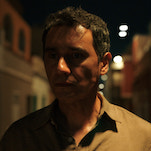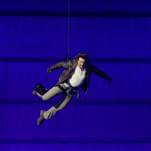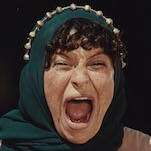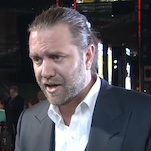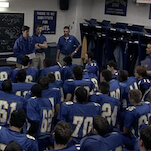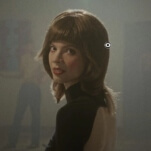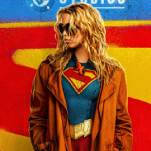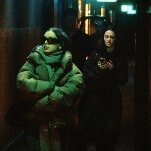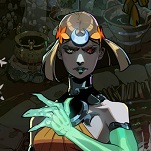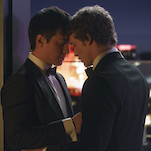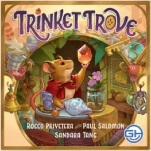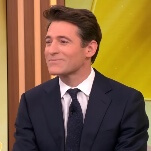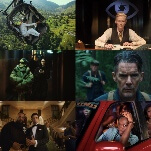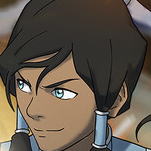The Boy And The Heron review: Hayao Miyazaki plays the hits
The legendary Japanese animator treads familiar ground, in a good way, for what could be his final film
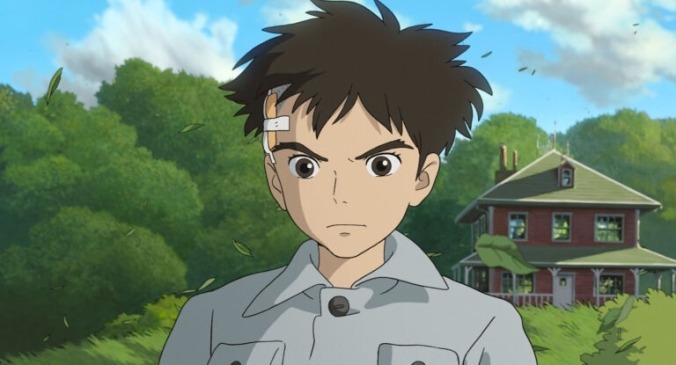
Watching Hayao Miyazaki’s un-retirement animated feature The Boy And The Heron is a little like watching Bob Dylan play the hits live: you have some idea of what you’ll get, even if it’s all jumbled up into a wholly new combination and style. Released in Japan under the title of How Do You Live, after a 1937 novel it’s mostly not based on, The Boy And The Heron neither had nor needed trailers there, or much promotion save a single poster design. Miyazaki-savvy audiences came with a degree of confidence in what they would get, as can American aficionados of Studio Ghibli.
For the significantly larger percentage of stateside audiences who don’t pay attention to animation directors’ names, there’s an all-star dub on the way, with Robert Pattinson, Dave Bautista, and Florence Pugh, among others, adding their familiar voices. Only the subtitled version was offered for advance screenings indicating, perhaps, a confidence by U.S. Distributor GKIDS that for critics, Miyazaki is the real star.
Fans will notice in the story a little Spirited Away, some The Wind Rises, a good amount of When Marnie Was There (not a Miyazaki film, but based on a favorite book of his), a touch of Howl’s Moving Castle, all through a very loose autobiographical framework of World War II-era relocation. There’s a father who works in the military aircraft industry, caricatured old people with huge heads, supercute and marketable magical spirits who show up in hordes, a fantasy realm accessible through an old building, and a spirit guide even more temperamental than No-Face in the form of the Heron (voiced by Masaki Suda in the original Japanese version and Robert Pattinson in the English dub). It would almost feel like a Miyazaki ripoff, but for the fact that the old master’s still good enough to spin his own recycled bits into gold.
Initially serving mostly to torment young Mahito (Soma Santoki in Japanese, Luca Padovan in English), a boy who recently lost his mother in a hospital fire, the Heron turns out to be a strange old man squeezed into a heron skin, and an almost compulsive liar who’s occasionally really helpful despite himself. The bird’s tongue is actually the man’s gin-blossomed nose, while its body is like a bigger-on-the-inside TARDIS that the fat man’s physique squeezes out of to reveal his true self. Miyazaki frequently develops his stories as the storyboards are drawn, which gives the adventures that ensue the episodic structure and semi-chaotic logic of classic children’s fantasies like Pinocchio or Alice In Wonderland, the latter of which also featured its share of senior-citizen caricatures with oversized craniums.




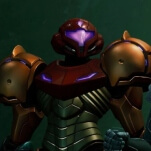
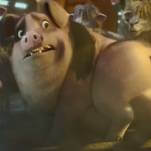


![HBO teases new Euphoria, Larry David, and much more in 2026 sizzle reel [Updated]](https://img.pastemagazine.com/wp-content/avuploads/2025/12/12100344/MixCollage-12-Dec-2025-09-56-AM-9137.jpg)


